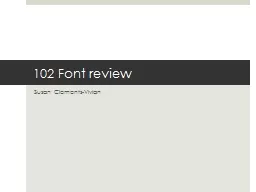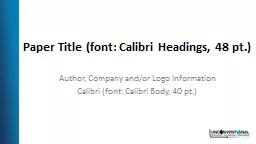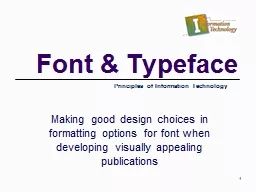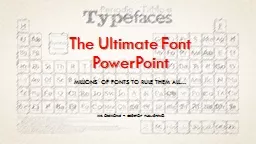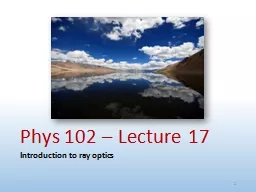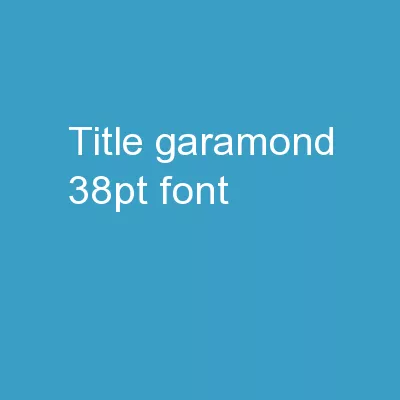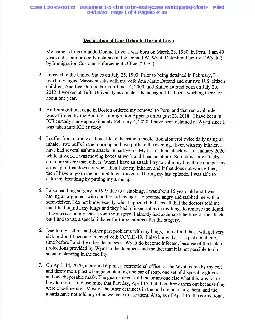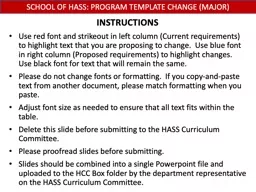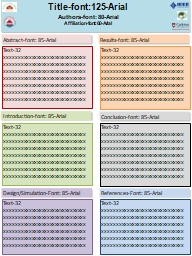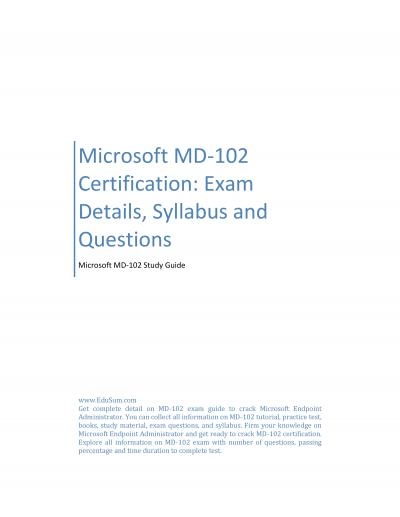PPT-102 Font review
Author : ellena-manuel | Published Date : 2016-07-19
Susan ClementsVivian Illuminated manuscript PsalterHours English 13th Century AD Walters Art Museum Baltimore MD Before the invention of the printing press handwritten
Presentation Embed Code
Download Presentation
Download Presentation The PPT/PDF document "102 Font review" is the property of its rightful owner. Permission is granted to download and print the materials on this website for personal, non-commercial use only, and to display it on your personal computer provided you do not modify the materials and that you retain all copyright notices contained in the materials. By downloading content from our website, you accept the terms of this agreement.
102 Font review: Transcript
Download Rules Of Document
"102 Font review"The content belongs to its owner. You may download and print it for personal use, without modification, and keep all copyright notices. By downloading, you agree to these terms.
Related Documents

